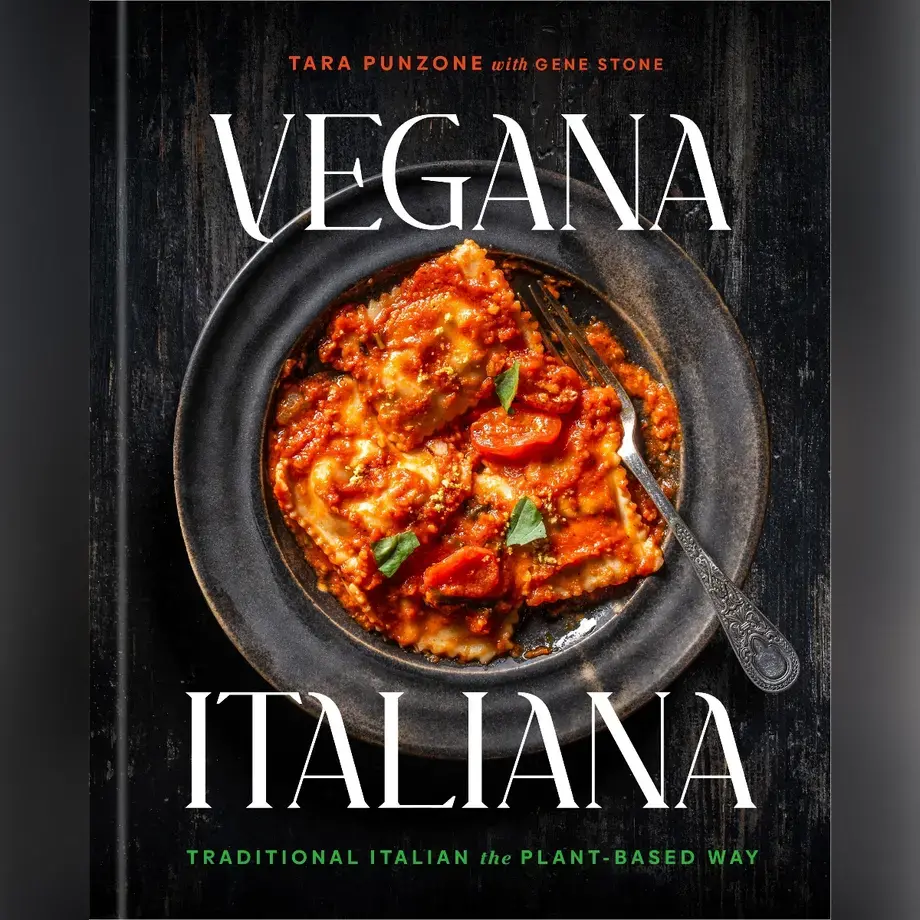Often overlooked in terms of its importance, broth tends to play a supporting role in most dishes, while other, more glamorous ingredients take centre stage. But in recent years, this humble ingredient has found friends in high places, with many Michelin starred chefs choosing to showcase broth on their menus. Massimo Bottura serves miniature tortellini in capon broth at his three-Michelin-star restaurant Osteria Francescana, while Andrea Berton’s one-Michelin-star Ristorante Berton features a menu built around broth.
Ways to Recycle Broth Meat
Once you’ve made your broth, you’ll be left with excess meat that you used to flavour it. Because a lot of the flavour from the meat has been extracted to make the broth, it can be a little bland, as well as tough from all that cooking. Unfortunately, leftover broth meat is not the most appetising foodstuff, and many people struggle to think of ways to use it, so it can often end up thrown in the trash or fed to the family dog.
But because broth is cooked for two hours only, rather than five or six like stock, the meat should still retain some of its flavour and texture. So if you don’t like seeing food go to waste, there are some ways to recycle your broth meat. It can be minced to minimise the toughness, and should be added to dishes with lots of other, stronger flavours. Broth meat lacks the intensity of flavour to carry a dish by itself - for example, a shepherd’s pie made with minced broth meat would taste of nothing at all - but in small amounts, it can add a subtle meaty taste and texture to a variety of different dishes.
You can reuse broth meat in any dish that requires small quantities of meat, or where meat is not the predominant flavour. Try mixing your broth meat mince with egg yolks and Parmesan and rolling it into meatballs, or using it to stuff homemade ravioli or cabbage leaves. You could also add it to a well-spiced curry, or mix it with chopped tomatoes, cumin and chilli and use it to stuff peppers, zucchini or eggplant.
If you do decide to make your own broth, it’s important to make sure you clarify the liquid as much as possible, and this means removing any fatty residue. This is particularly true if you’re adding bones, which contain a lot of fat within the marrow. Skimming the fat from your broth can make all the difference between a cloudy, unappealing sludge with a greasy aftertaste, and a crystal-clear nectar you’d be happy to sip by itself.
When making both broth and stock, you should always skim as much fat as possible while it’s cooking. This quite simply involves watching over the pot with a spoon or ladle and scooping out any froth or scum that rises to the surface. This should remove a large proportion of the fat, but there are also a couple of methods for removing anything you might have missed, thus ensuring your broth is as pure as it can be.
The first method involves removing the meat and vegetables and straining the still-hot liquid through a piece of cloth soaked in ice-cold water. The sudden temperature change should cause the fat to solidify on contact with the cloth, preventing it from passing through the fabric.
The second, and simplest method, is to strain the liquid into a glass container, wait until it reaches room temperature, and then place it in a refrigerator overnight. In the morning, the fat will have solidified on the top of the liquid and can easily be removed.
For more tips on how to get the perfect, crystal-clear broth, take a look at our article on how to skim the fat off soup, stock, or bone broth.










